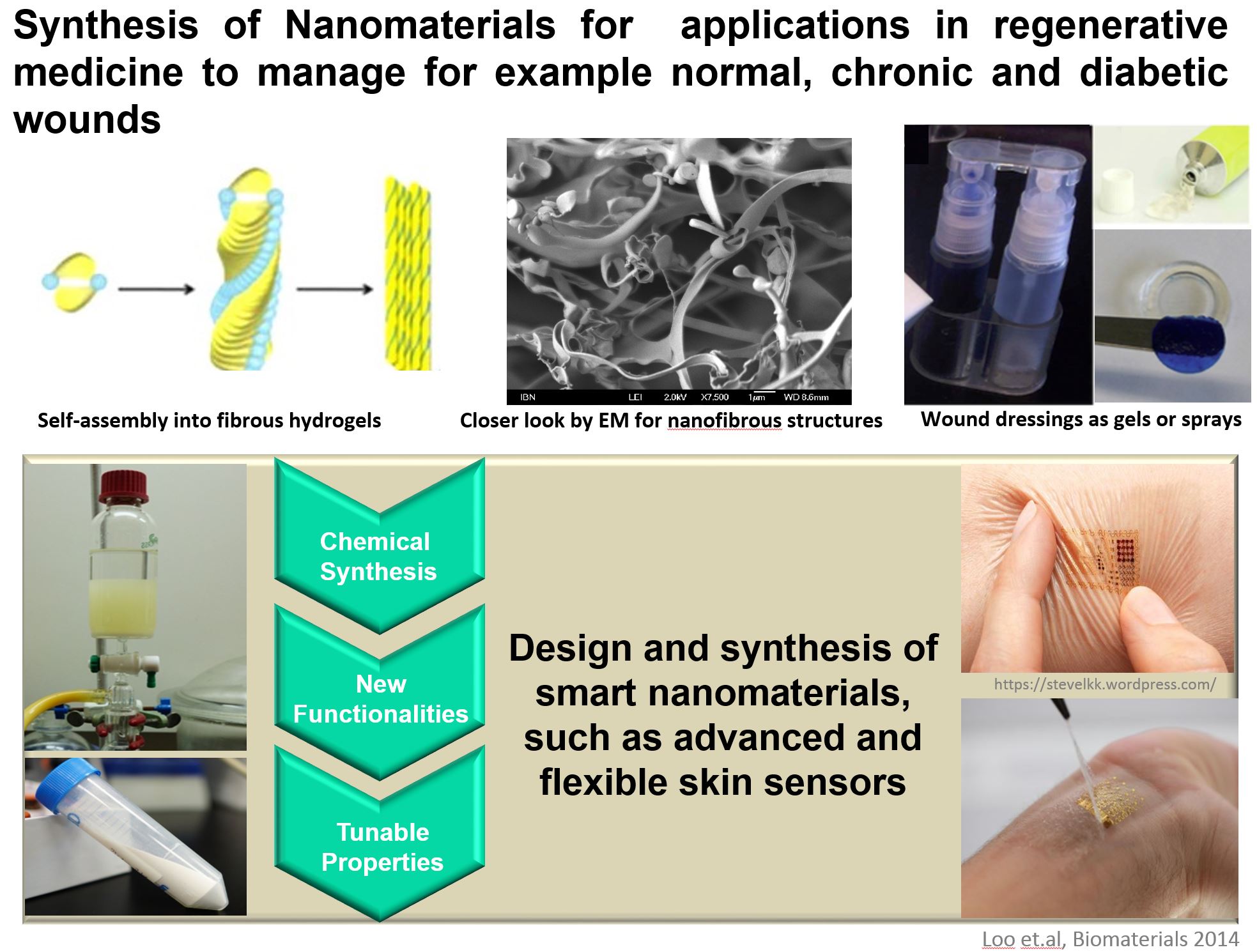
Current research

Any new developed material cannot undergo further applications without being carefully scrutinized by several physicochemical, biophysical, and imaging characterization techniques. We use XRD, NMR, mass spectrometry, circular dichroism, rheometer, SEM, TEM, AFM, confocal imaging and FTIR and Raman spectroscopy to fully characterize our materials and their interaction with the environment, which includes living cells, organoids, tissues, mammals, corals, and the like.
We proceed with these techniques through several levels of complexity, going from the atomic level interactions (NMR), to imaging with nanometer resolution (AFM, TEM, SEM) to label-free chemical characterization (CD, Raman spectroscopy), and mechanical and adhesive properties of materials and cells (Rheometer, AFM). In particular, we can reach label-free, nanometer level resolution (down to the single molecule) in physiological environment by the use of Raman spectroscopy and atomic force microscopy (AFM). This is particularly useful in our studies on living cells including, but not limited to, their interaction with synthetic matrices, effect of drugs and co-culturing treatments, etc. In addition, we are strongly supported in these by the extensive CoreLab facilities provided at KAUST.

"KAUST shall be a beacon for peace, hope and reconciliation, and shall serve the people of the Kingdom and the world."
King Abdullah bin Abdulaziz Al Saud, 1924 – 2015
Thuwal 23955-6900, Kingdom of Saudi Arabia
Al-Haytham Building (Bldg. 2)
© King Abdullah University of Science and Technology. All rights reserved